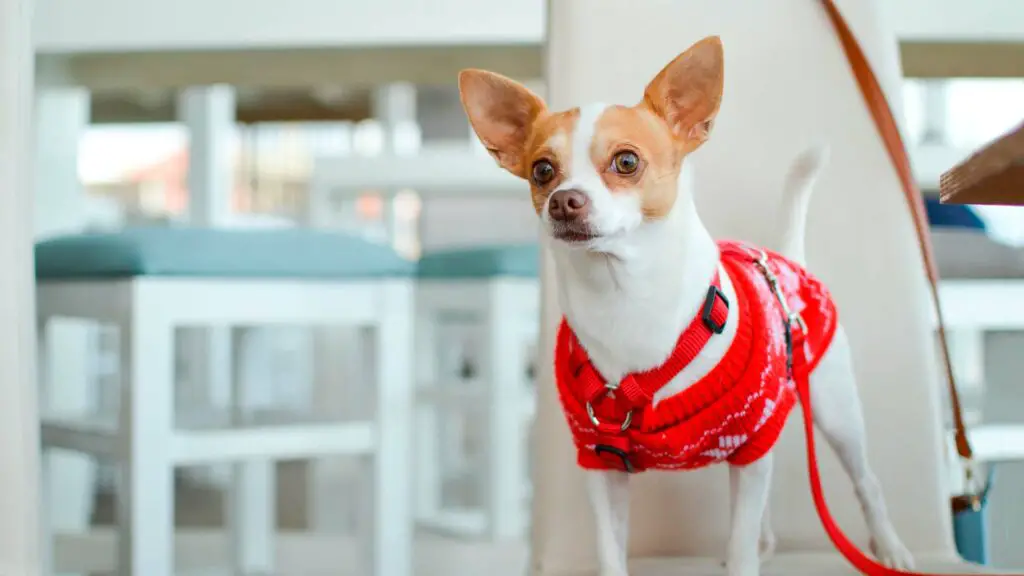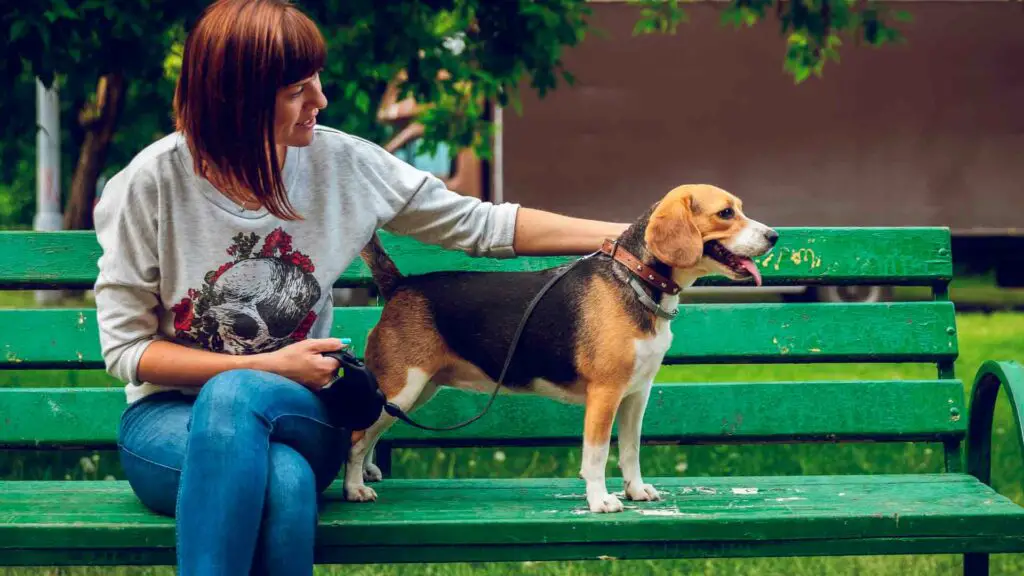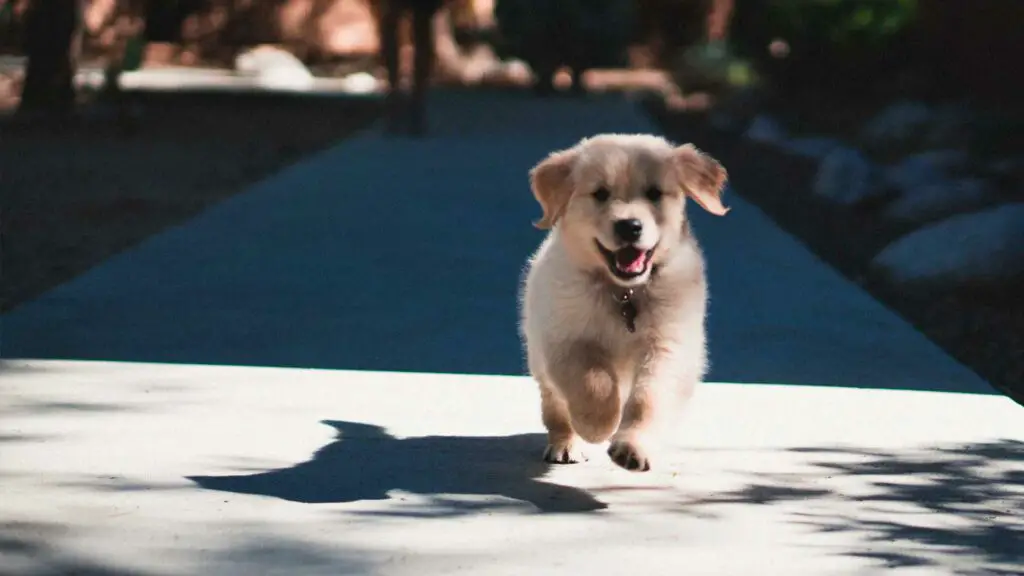Step 7: Obedience Training
Trainers can use the same obedience style to train a rottweiler from seven weeks of age until grown-up. Whether you have rescued your dog or have him or her as a guard dog, the process is standard.
Do not use physical discipline to train your dog. It is counterproductive to hit your dog or yell at your dog if they are not listening to your command or commands. This will discourage your dog from trying or learning anything from the command you gave.
The best solution is to walk away for a while if you get frustrated and come back later to try the command. Yelling and screaming can bring your dog frightened and aggressive.
Step 8: The Commands
Start to train your dog with simple commands followed by a positive reinforcement exercise.
Sit- This command makes your life a hell lot more accessible, so exercise this command first. It will get feeding and grooming tasks done smoothly. Rottweilers are an intelligent breed. To start, make sure you have your pup’s full attention. In my experience, it is better to use your hands to lure their focus as they can ignore the voice. Use short words and simple hand gestures so that the dog also associates the command and the voice.
Down- This command can be a little tricky. The technique is the same. Use the hand gesture- move your hand in a downward motion, your palm facing the ground, and say “down.” The hand motion is to make your dog understand what precisely the command entails. Try teaching this after your dog understands “sit.”
Stay – This command is a little difficult to teach. As a trainer, you will need the patience to make your Rottie stay in one place. Do not get disheartened if it takes some time. Your Rottie may not learn this command as fast as the other commands. Teach this once your rottweiler understands “down.”
Come- Once your dog has learned to “stay,” teach them to come to you. This creates an affectionate call between you two.
Paw- A very effective command that comes very handy in grooming is “paw.” Once your dog learns to respond well to “sit,” you can try to exercise the “paw” command.
An imperative disciplinary command to teach your rottweiler puppy or dog is “No.” This helps in reinstating obedience. The dog will immediately know it is doing something wrong. Use a firm and toned voice. Use simple phrases if not “No” like “Stop” or “Bad Doggie.” Once your dog stops the action after you said “no,” go back to regular business. If your dog does not control it, then move away from there.
Step 9: Stop Pulling On The Leash
The action goes as follows:
Face your Rottie; make sure there is a minimum of 5 feet distance between you two. Then use your left hand to put a treat on the dog’s nose. Then with you being stationary, lure the dog behind you. Once your arm is fully extended, guide your dog’s head and body in your direction by a full 180 degrees. This will make your dog stand on your left side, parallel to you. Make sure to keep his or her front paw at least an inch behind your heel.
When your Rottie is in the position, raise the treat vertically over his head to make him or her sit. Once the dog does, reward him with the treat immediately. Then keep on repeating till it becomes easy for both of you.
Step 10: Be Patient
Training is a job of saints. There is no exaggeration here. Be positive around your dog. If you stay calm, they will remain relaxed. Remember, your canine buddies are your companions, and they want to please you. A little extra effort and time will help both of you get better results.
Do not yell, lose your temper, get angry or resort to anything physical. Have fun with them, enjoy playing. Your dog will not get trained overnight. So make the process of training fun and engaging. Be patient and do not get discouraged. After the training is complete, both you and your rottweiler will be in a better space.









